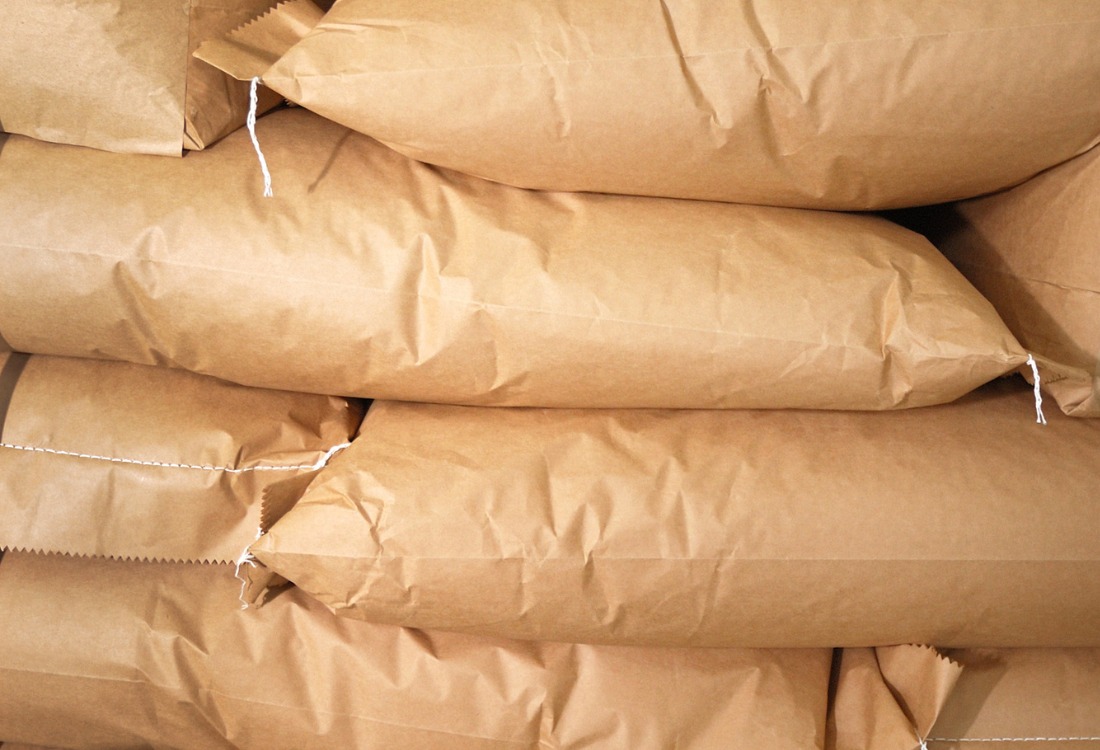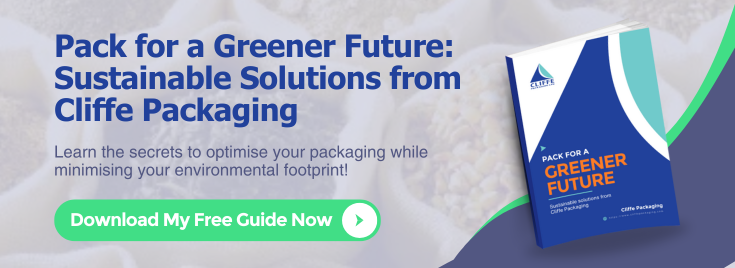
The Sustainability Of Paper Sacks For Businesses In The UK
Eco-friendly packaging is a buzzword that is hard to avoid in 2025. The truth behind the slogan is that many businesses today are looking for practical ways to reduce their environmental impact without having to compromise efficiency or quality; and historically, packaging has been one of the ripest areas for improvement, notorious for waste and its heavy dependence on single-use plastics.
Making a switch to more sustainable packaging materials is therefore a good way to increase your sustainability profile without completely overhauling the way you operate your business. Let’s explore why paper sacks are a surprising but smart choice for businesses committed to long-term sustainability and value.
Did You Say Paper?
Yes, paper sacks are a surprisingly sustainable choice of packaging for a wide range of industries, including food processing, agriculture, and manufacturing. For many years, businesses shied away from paper packaging due to its impact on global deforestation. However, when sourced from fairly traded and sustainably sourced wood, paper packaging has less of an impact on the environment and local economies than petrochemical alternatives. Made entirely from wood pulp, a natural and renewable resource, paper sacks are an excellent example of eco-friendly packaging.
Unlike most single-use plastics, paper is completely biodegradable (unless it is coated with a plastic treatment) and is almost universally recycled across the UK. By investing in paper sacks, UK business can significantly reduce their reliance on fossil fuel-based materials and contribute to a more sustainable and greener economy.
Meeting Consumer Demand For Sustainability
Businesses are under pressure to demonstrate a genuine commitment to sustainably not just from governments and regulators, but also from customers – and this applies to B2B businesses as much as it does to B2C. Adopting sustainable packaging is a powerful way to show that your business is listening to the sustainability debate. Switching to paper sacks is also a tangible way of reducing your environmental footprint, something that can foster greater customer loyalty and increase your business reputation, as well as keeping you on the right side of the regulators as rules invariably tighten in the coming years.
The Long-Term Cost Effectiveness Of Paper Packaging
It is sensible to weigh up the financial implications of any operational change. So, while paper sacks may sometimes have a slightly higher initial cost compared to certain plastic packaging options – especially in bulk – it’s important to look at the bigger picture. The long-term benefits of paper sacks usually outweigh the initial expense. For example, paper sacks are generally lighter in weight than many rigid plastic packaging formats. This reduction in weight can lower your freight/transportation costs and, consequently, reduce your carbon emissions, too. For businesses shipping large volumes of product, these freight savings can become quite significant over time.
How Paper Sacks Have Improved In Design And Functionality
Modern paper sacks are a world away from the flimsy, moisture prone paper bags of the past. UK manufacturers have made significant strides in design and functionality, including:
- Moisture resistant internal liners to protect contents from environmental factors. No more products falling out of the bottom of a sopping wet bag as soon as it is picked up.
- Reinforced seams for improved strength and durability, giving additional protection against rips and tears.
- Tamper evident closures to protect your products from contamination and theft.
What Next?
The innovations in paper packaging mean that you no longer have to choose between sustainability or performance. You can have a packaging solution that is both environmentally conscious and perfectly suited to protecting your products. To find out more about paper packaging and how it can support your supply chain, please get in touch with Cliffe Packaging today by clicking here.
Image source: Canva


